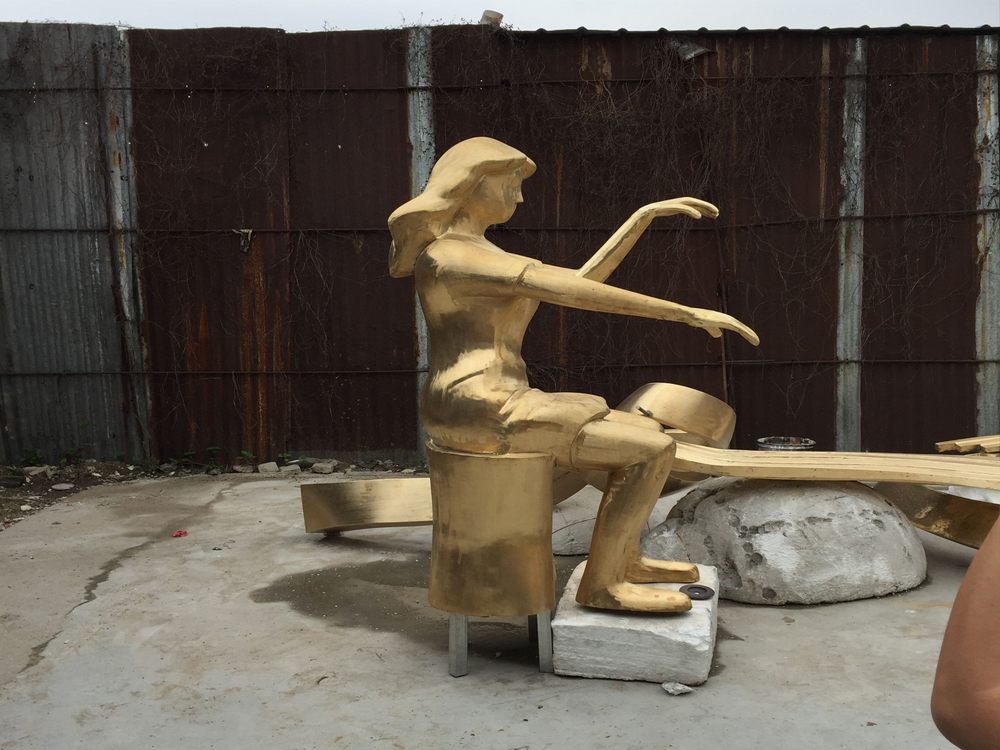
Indoor and outdoor stone sculptures differ significantly in material selection and treatment due to their distinct environmental exposures.
Material Differences:
Indoor sculptures often use softer stones like marble, alabaster, or limestone, prized for their fine details and smooth finishes. These materials are more vulnerable to weathering but thrive in controlled environments. Outdoor sculptures require durable, weather-resistant stones such as granite, basalt, or sandstone, which withstand rain, wind, and temperature fluctuations.
Treatment Variations:
Indoor sculptures typically receive minimal protective treatment, focusing instead on aesthetic finishes like polishing or waxing. Outdoor sculptures undergo rigorous treatments, including sealants and UV-resistant coatings, to prevent erosion, discoloration, and biological growth. Additionally, outdoor pieces may feature broader, less intricate designs to reduce water retention and cracking.
Understanding these differences ensures the longevity and beauty of stone art in any setting.

